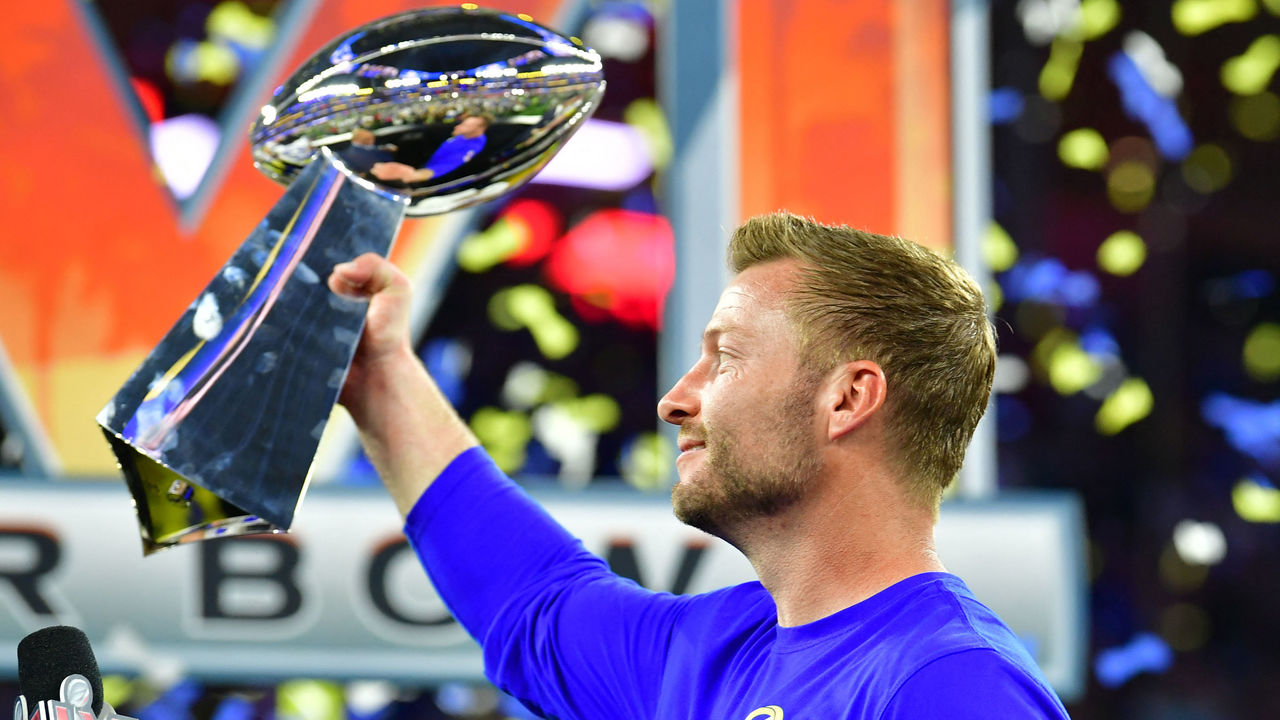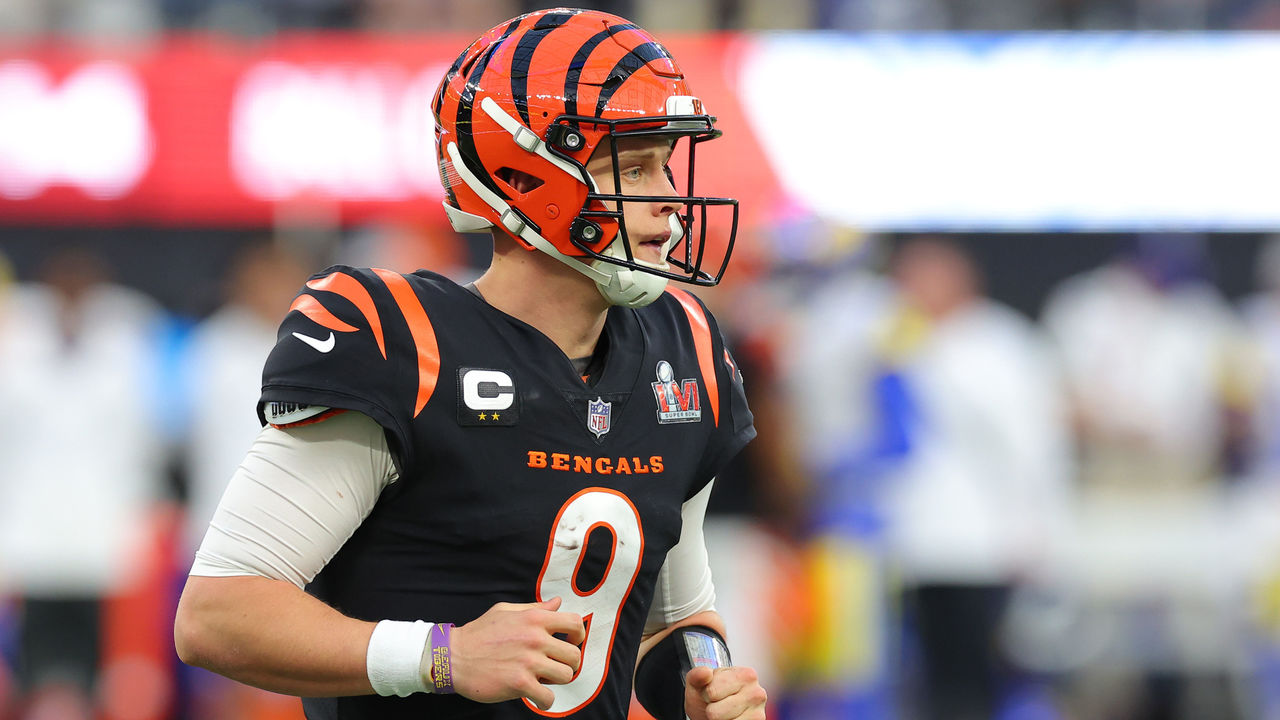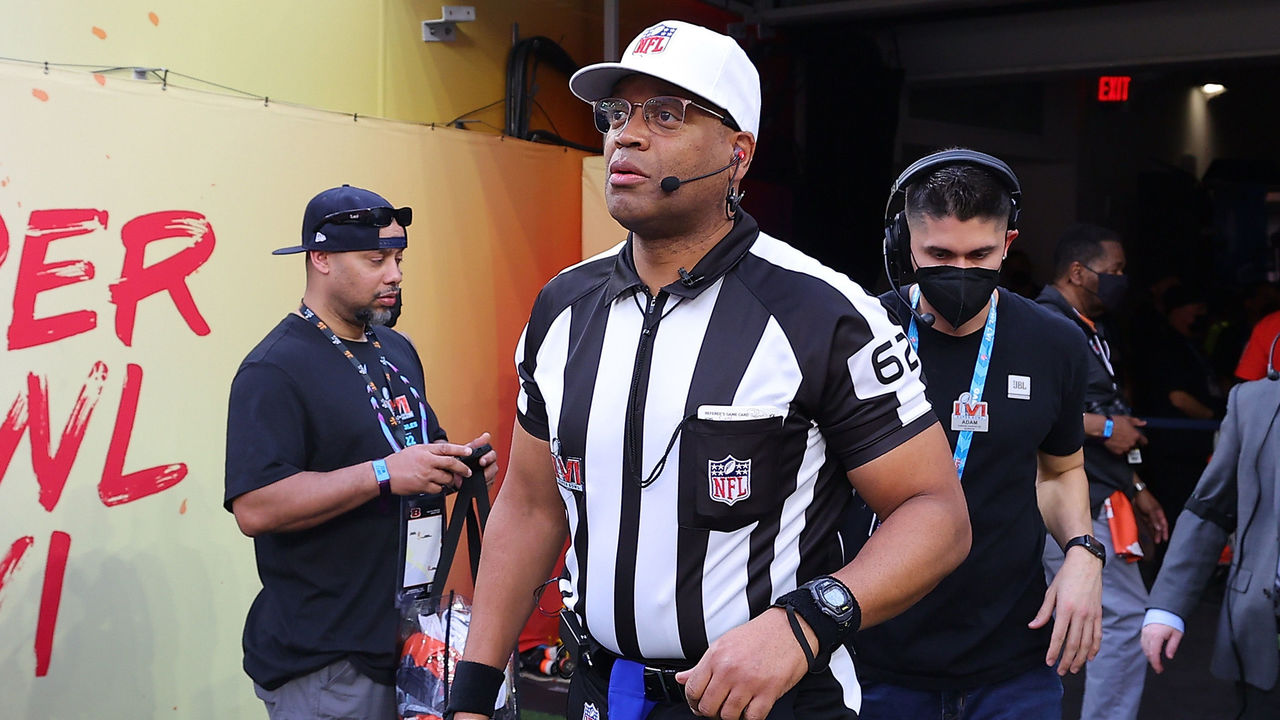4 takeaways from the Rams' Super Bowl victory over the Bengals
The Los Angeles Rams scored a late touchdown to defeat the Cincinnati Bengals in Super Bowl LVI 23-20. Let's take a closer look at what went down.
Rams stars shine in the end

Los Angeles constructed a championship-caliber roster by acquiring and leaning on pricey veterans. That strategy showed some cracks when Odell Beckham Jr. left the game after hurting his knee in the second quarter. With wideout Robert Woods and tight end Tyler Higbee already out with injuries, the Rams' depth was sorely tested. In the end, L.A.'s stars justified the wisdom of the team's approach.
Quarterback Matthew Stafford, wideout Cooper Kupp, left tackle Andrew Whitworth, and defensive tackle Aaron Donald all came through with ginormous plays when the Rams needed them most in the last six minutes. And before he was injured, Beckham managed a pair of catches, including a terrific early touchdown.
Stafford, acquired via trade from his decade-plus purgatory with the Detroit Lions to elevate this offense, completed 7 of 11 passes on that final drive. Four of those throws went to Kupp, and all four were caught, including the 1-yard TD that provided the final margin. One of those throws to Kupp was a phenomenal no-look toss where Stafford stared at Brycen Hopkins to freeze safety Vonn Bell. You'll be hearing about it forever, and rightfully so.
Kupp, who wound up being named Super Bowl MVP, also picked up a first down by taking a jet-motion handoff for 7 yards on fourth-and-1 from the Rams' 30. For the game, he totaled eight catches for 92 yards and two TDs in addition to having another touchdown catch wiped out because of offsetting penalties.
Whitworth, the 40-year old playing against his former team, was singled up against Bengals edge rusher Trey Hendrickson all night. Hendrickson finished with a sack and four pressures, per Next Gen Stats, but that sack came early in the game, when running back Cam Akers mistakenly ran into Whitworth. But Stafford largely worked out of a clean pocket, particularly on that last drive to glory.
And Donald? What more can be said about him? He was already one of the greatest interior defensive linemen in league history, and he managed seven pressures and two sacks on 40 pass rushes. The Bengals frequently doubled and sometimes even tripled him, but it didn't matter. When they singled him up on the game-deciding fourth-and-1 near midfield, Donald got to Joe Burrow one last time, forcing him to flail a pass that fell incomplete, ending the game.
"That's why we're world champs," Rams head coach Sean McVay said afterward, "because our best players stepped up in the biggest moments."
These Rams were always defined by their star power. That same star power is what they will be remembered by, too.
McVay finally gets aggressive when he has to

After Beckham's injury, McVay oddly stayed with a strategy that clearly wasn't working: He kept trying to run the ball, particularly on first down, even though those plays weren't doing much and frequently put the Rams into difficult third downs.
L.A. rushed 23 times for just 43 yards, and things were especially grim on first and second down: a minus-0.44 expected points added per play on rushes, with a 22% success rate, per Ben Baldwin's database. The Rams even had back-to-back possessions in the second half that began at their 47- and 48-yard lines; they went three-and-out on both.
The Bengals were frequently bringing their linebackers down toward the line of scrimmage just before the snap, yet McVay kept going to the well, to no avail. Yes, Cincinnati was also shading a lot of coverage in Kupp's direction, but had the Rams lost this game, McVay's failure to adjust would have followed him, much like his failure to adapt to the way the New England Patriots crowded the line to shut the Rams down in Super Bowl LIII.
Alas. On that crucial final drive, the Rams only attempted four runs, and all of them came in short-yardage situations. Stafford instead did everything to get the ball to Kupp as often as possible. It was a reputation-defining sequence for all involved.
Bengals abandon quick game and it costs them

The big mismatch the Bengals faced was their offensive line against the Rams' defensive front. In the first half, Cincinnati had the right approach to counter this: Burrow frequently got rid of the ball quickly. In the second half, not so much - and it proved to be costly.
Per Next Gen Stats, Burrow's average time to throw after Cincy's first four possessions was a mere 2.19 seconds - much faster than even Ben Roethlisberger's regular-season mark of 2.38, which led the league. Cincinnati scored a field goal and a touchdown on two of those possessions, and Burrow - the NFL's most-sacked QB this year - took just one sack.
All of that changed in the second half. Burrow held the ball much longer and paid the price. He wound up being pressured on 42.5% of his dropbacks and was hit 11 times for the game. He took six additional sacks in the second half. He tried to hang in the pocket on that last-gasp fourth down at the end of the game, but Donald got to him.
Yes, Tyler Boyd had an enormous drop on a third down just before the Rams took over with 6:13 to go. But by largely abandoning the quick game - and by using play-action on just two of Burrow's 40 dropbacks, per Next Gen Stats - Cincinnati played right into the hands of L.A.'s ferocious defensive line.
Bad officiating strikes again

For most of the game, the officials went mostly unnoticed, which was a pleasant surprise. There were just three penalties called in the first half, and it was kind of refreshing to watch a Super Bowl that featured football players playing football. Then Ronald Torbert's crew asserted itself in all the worst ways.
First, Cincinnati receiver Tee Higgins wasn't flagged for grabbing Jalen Ramsey's facemask and flinging him aside on Higgins' 75-yard touchdown catch on the first play of the second half. Then came a rash of calls (plus a non-call) as the Rams neared the goal line on their final drive: a chintzy defensive holding penalty on Bengals linebacker Logan Wilson on third-and-goal from the 8 - which wouldn't have happened were it not for a missed false start before the snap - along with an iffy pass interference call on Bengals corner Eli Apple.
Strangely, after Kupp was hit in the head by Bell (who was rightly flagged), Kupp didn't undergo any kind of concussion evaluation. The league's concussion protocol mandates that a player who is "slow to get up from the ground or return to play following a hit to the head" - as Kupp was - is supposed to be checked for a possible head injury. That did not happen with Kupp. The concussion protocol doesn't apply in the final two minutes of the Super Bowl, apparently.
Dom Cosentino is a senior features writer at theScore.